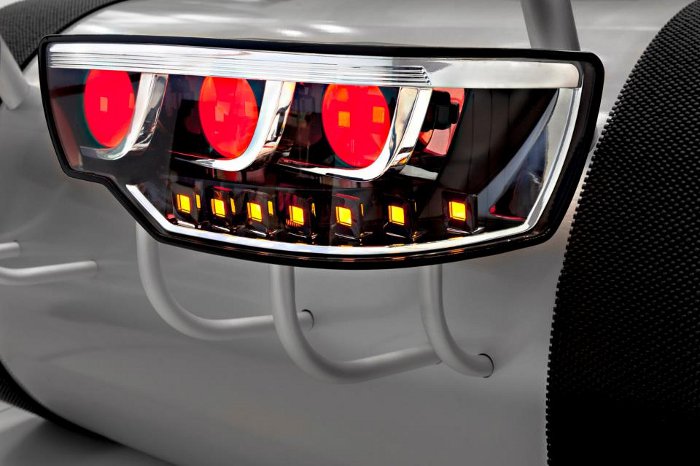Osram says OLEDs will be used in automotives by 2016
26-07-2014

Surface-emitting OLED light source will prove a good alternative for tail and brake lights, according to Osram, with most of production problems solved.
With the Frankfurt International Motor Show durating fron September 10 to 13in Frankfurt, Germany, Osram is planning to introduce the OLED technology that it has been pursuing specifically for automotive applications. The company now believes that OLEDs will be used in production vehicles by 2016 in rear-facing
applications such as brake and tail lighting.
Osram publicly demonstrated the automotive OLED technology in the fall of 2012 at the Electronica trade event. Clearly the company has progressed with the technology significantly in the last ten months. For a 2016 vehicle to use the technology, the OLED light source must basically be ready now given the long design cycles of the auto industry.
"We have essentially achieved road suitability for our OLEDs this year and will be offering the first special equipment based on OLEDs next year," said Ulrich Eisele, who is responsible for the OLED sector at Osram. "In 2016 at the latest, we expect to see OLEDs used in series production of new vehicles."
Osram believes that the inherently-diffuse, surface-emission characteristics of OLEDs make the technology especially suitable for the rear-facing lights. A main barrier to wide applications has been temperature stability of the OLED light source — especially at extreme temperatures. But Osram said it has now achieved stability at 85°C over several hundred hours of operation.
Eisele added, "After a couple of years of research, the remaining hindrances regarding serial production are small." Osram has not discussed the other disadvantages to OLED usage — namely costs. Even LED lighting has been used mainly to premium auto models and LED technology is more mature and less costly than OLED technology. As the LED technology goes more mainstream in autos, OLEDs will likely be limited to the elite models at the beginning.The OLED technology is already being used inside the cabin in some high-end autos for displays.
While primary advantages of LEDs in cars have been a controllable beam, lower energy usage, and lighter weight, OLEDs could bring other advantages. For example, Osram says that transparent OLEDs will offer new design concepts in automotive LED lights applications.


